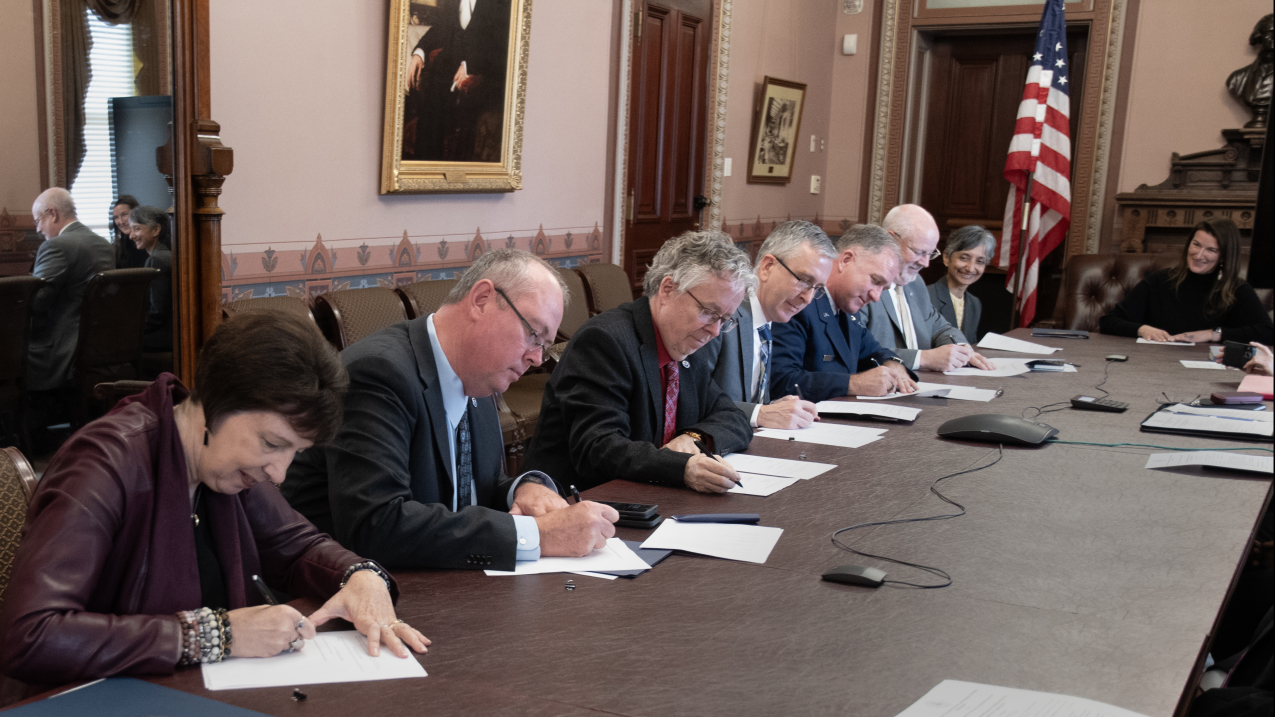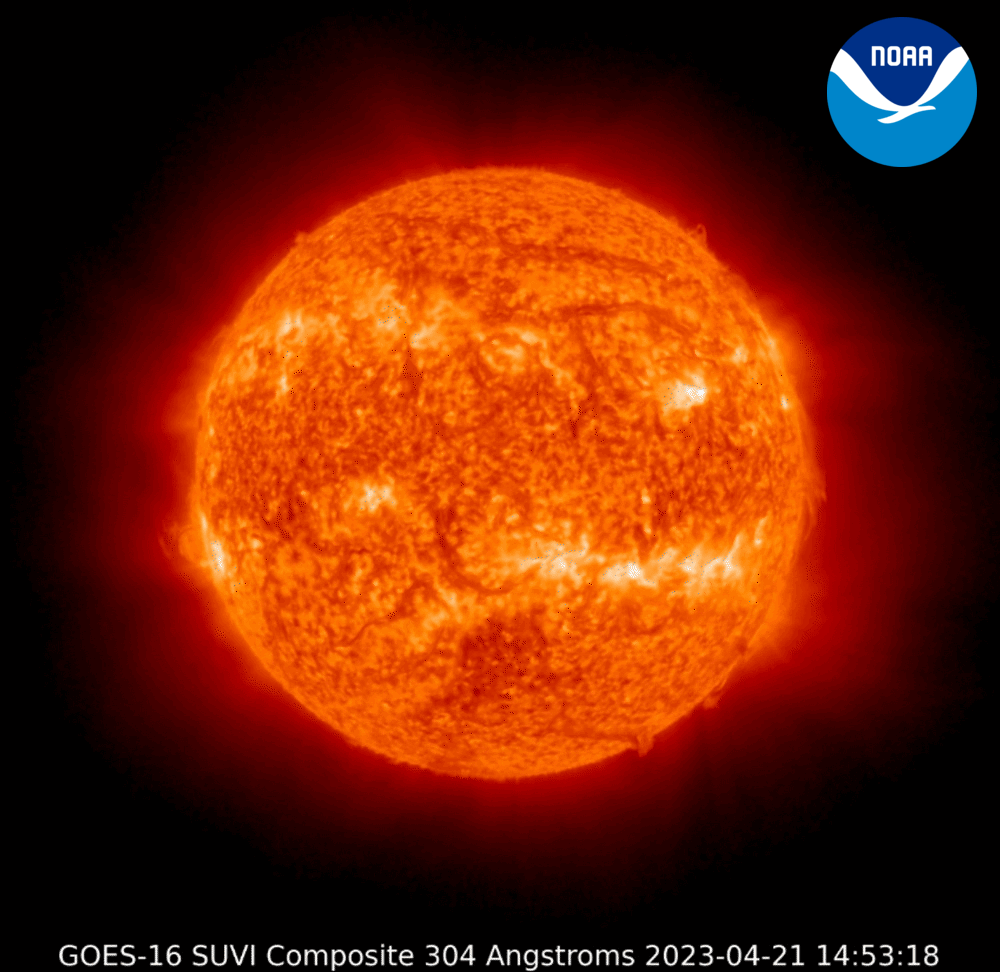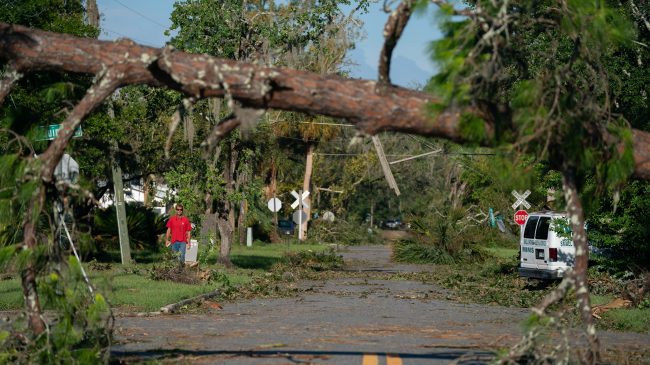
Signing of the Memorandum of Agreement for Space Weather Research-to-Operations-to-Research Collaboration, Eisenhower Executive Office Building, Washington, D.C., Dec. 7, 2023. Left to right: NASA Nicola Fox, Ph.D., NOAA Ken Graham, NOAA Stephen Volz, Ph.D., NSF Timothy Patten, Ph.D. (on behalf of Alexandra Isern, Ph.D.), DAF Major General Mark Slocum (on behalf of Lieutenant General James C. Slife), and DAF Dr. Joel Mozer (on behalf of Lisa Costa, Ph.D.). (Image credit: Bob Hyatt, NOAA)





